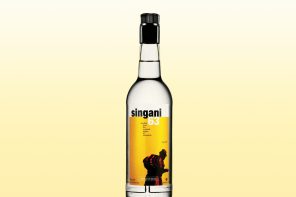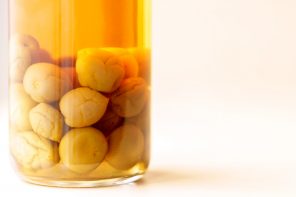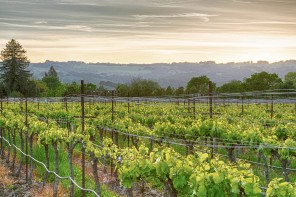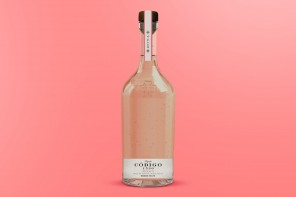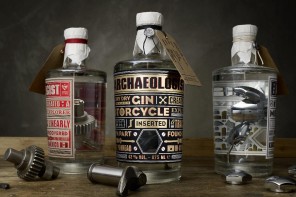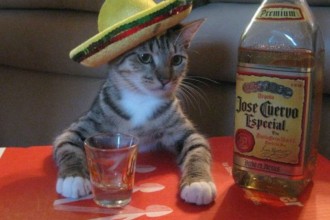Gin has a long history and in the past few years, we’ve seen a major resurgence in popularity of
the wonderful spirit once known as mother’s ruin. Usually associated with Britain, we’ve enjoyed our fair share of the stuff here in the US since at least the 19th century. Have you ever really stopped to think about just what is gin? Well folks, gin is more than just juniper berries. A lot goes into gin, at least in terms of the flavorings. Juniper berries are the staple, but it fans out into a wide variety of potential ingredients. We’re talking herbs, flowers, fruits and spice, which is why gin is such a complex beast.
From Medicine to Menace
Like many of our favorite spirits, its genesis lies in a medicinal panacea used through the Middle Ages and Renaissance. It was used to treat everything from gout to stomach problems. Before gin there was genever, a Dutch neutral grain spirit also flavored with juniper berries. How did it gin become the quintessential English spirit? We have one William of Orange, or King William III, to thank for that. Upon ascending to the English throne, he passed a series of laws to help promote distillation in his new home. And distil they did. With a Dutchman wearing the crown, the inexpensive to produce gin became the spirit of choice. Predictably, it wasn’t too long before things got out of hand. Cheaper than beer or brandy, the public drank gin with an unslakable thirst with thousands ready to supply it. Drunkenness ran rampant on the gin-soaked streets of London, leading to the Gin Craze, the social plague of early 18th century Britain. Several Gin Acts were passed to attempt to reign in the damage. Satirical artist William Hogarth engraved Beer Street and Gin Lane in support of the 1751 Gin Act, an early PSA against the dangers of excessive consumption. It took higher grain costs and a few lousy harvests to put the craze to bed, although the spirit remained popular.
By the 19th century, gin was still consumed with great gusto, giving rise to the watering holes that preceded our modern day bars. During their colonial exploits, the British drank gin with tonic water whose component quinine was the only known way to stave off malaria and mixed with lime juice, it was a staple for sailors to help prevent scurvy. This was the origin of the dry, high proof navy strength gins.
Bathtub gin was a fixture in many an American speakeasy during Prohibition, which gave us many of our classic gin cocktails; bathtub gin was nothing if not nasty and drink recipes were crafted to help mask the taste. In the US, gin was our favorite spirit until the 1950s when it was knocked off its perch by vodka.
Styles
When talking about gin, London is the style that immediately jumps to mind. These are the bone dry gins that supply the base spirit for many favorite cocktails such as the Negroni, the French 75, or the timeless Martini. Mind you, London is the name of the style; the gin isn’t actually required to be made in that city on the Thames, although it does have to adhere to certain regulations. Plymouth gin, however, is another story.
Plymouth Gin has protected status à la Champagne. In order to qualify, all production and distillation must take place in Plymouth. It covers any distillery within Plymouth proper. Today there’s only one producer of the style, Black Friars Distiller who makes the eponymous Plymouth. It’s slightly less dry than London and is described as having an earthier taste.
Old Tom is another recently revived style that nearly died out. It’s slightly sweeter again than both Plymouth and London.
The renewed interest in gin has led to the rise of what has been dubbed as the New American or New Wave style. These gins focus on other botanicals than juniper as the primary flavoring and are often made by craft distilleries on both sides of the Atlantic. Some are aged in cask.
Moderate gin consumption may even be good for you. Juniper berries have antioxidant, antifungal, and antimicrobial properties, in addition to being a diuretic and digestive aid. How much of this is present in gin remains to be seen, but might as well jump into your local gin joint, get yourself a tipple with a dash of Dutch courage and raise a glass to the Juniperus communis just to be sure.


